Samsung Messages is dropping hints about satellite support in its latest code, but before you start planning your next off-grid adventure, let's dig into what's actually happening here—and whether you should adjust your expectations.
The discovery comes from an APK teardown by Android Authority, revealing strings in Samsung's Emergency SOS, Messages, and Phone apps that reference satellite connectivity features. Code found in Samsung's Emergency SOS 15.5.00.14 build, Samsung Messages version 15.5.10.39, and Phone version 15.2.80 all point to upcoming satellite connectivity support. But here's the kicker: Samsung Messages doesn't support satellite messaging—you'll need to switch to Google Messages as your default messaging app.
Here's the core tension: Samsung has built the hardware foundation and Google has provided the software framework, but carriers hold the keys to actually making this work. That fragmentation creates real frustration for users who expect Samsung's typically seamless ecosystem experience.
What you need to know: • The Galaxy S25 series has all the necessary satellite hardware via Snapdragon 8 Elite processors • Only Verizon currently offers the feature in the US through partnership with Skylo • You'll need to abandon Samsung Messages for Google Messages to use satellite texting • Emergency messaging will likely arrive with One UI 7 based on Android 15 • Regular satellite texting depends entirely on your carrier's partnerships
The hardware is ready, but the ecosystem isn't
Here's where things get interesting—and a bit frustrating. Qualcomm confirmed that the Galaxy S25 phones are the first commercially released devices to support Snapdragon Satellite. The company said this support enables Galaxy S25 series users to "send and receive messages via satellite (narrowband NTN) natively supported in Android OS." The S25 phones communicate with satellites via the Snapdragon 8 Elite processor, which has the necessary modem capabilities baked right in.
Now here's the frustrating reality: having all this cutting-edge hardware ready to go actually makes the coordination problems worse for users. It's like Samsung built you a perfectly capable car, Google paved the roads, but now you're sitting in your driveway because carriers need to negotiate who supplies the gas. Samsung hasn't been collaborating directly with satellite connectivity providers—despite equipping the new flagship with all the necessary hardware.
The technical foundation meets 3GPP Release 17 standards for NTN (Non-Terrestrial Networks), meaning Samsung has developed its own two-way satellite connectivity feature that should work seamlessly once the partnerships align. Android 15 natively supports satellite messaging, creating the software bridge between your phone and those satellites overhead. But none of that sophisticated engineering matters if Verizon appears to be the only US carrier offering satellite capability on S25 phones, partnering with satellite provider Skylo.
Why the messaging app shuffle matters
The most telling detail from the APK teardown reveals a deeper ecosystem control issue. Samsung Messages won't support satellite texting initially, directing users to Google Messages as the default app for this feature. This isn't just about app preferences—it shows how Google's control over Android 15's satellite features forces Samsung to take a backseat in its own ecosystem.
Think about the user experience implications here. Samsung built its reputation on seamless integration across Galaxy devices, Galaxy Watches, and Samsung services. Now, for one of the most potentially life-saving features on your phone, you'll need to switch to a Google app and abandon Samsung's messaging ecosystem. The strings found in the Phone and Emergency SOS apps suggest sending and receiving texts in Satellite mode will be possible, with emergency calls potentially still connecting if a mobile network is available nearby.
This fragmentation extends beyond user experience to market reality. T-Mobile estimates there are 500,000 square miles in the US with no cell coverage, creating genuine demand for satellite connectivity. But instead of Samsung's typical polished solution, you're getting a patchwork approach where Google controls the messaging experience, carriers control access, and Samsung provides the hardware foundation without the integrated ecosystem users expect.
The rocky road to satellite smartphones
Samsung's satellite journey reveals exactly why they chose this cautious, carrier-dependent approach. Last year, it was rumored that Samsung might equip the Galaxy S23 with iPhone-like satellite connectivity, but the Galaxy S23 series lacked the feature. The head of Samsung's smartphone division claimed that the two-way satellite connectivity ecosystem wasn't mature enough. Several rumors then claimed that Samsung would bring two-way satellite connectivity with the Galaxy S24 series, but that didn't materialize either.
Those false starts weren't Samsung being indecisive—they were learning from industry turbulence. Qualcomm initially announced Snapdragon Satellite as a proprietary solution in early 2023 in partnership with Iridium. The satellite provider then exited the deal in late 2023, citing a lack of interest from smartphone makers. Qualcomm subsequently decided to pursue its current "standards-based approach".
Here's how Samsung's caution informed their current strategy: Rather than risking another partnership collapse, Samsung chose to build the hardware foundation and let carriers handle the satellite relationships. This standards-based approach using satellite support introduced with the Snapdragon X80 modem solves the coordination problems that killed previous proprietary solutions. Now carriers can establish their own satellite partnerships without Samsung having to bet on specific providers or worry about another Iridium-style exit.
Should you get your hopes up?
Here's my take: the APK teardown confirms Samsung is serious about satellite connectivity, but the transition from current limitations to future promise depends on market forces beyond Samsung's direct control. The Galaxy S25 series has the hardware capability, Android 15 provides the software foundation, and early carrier partnerships are forming. But you'll likely need to switch messaging apps, hope your carrier supports the feature, and accept that early implementations won't match Samsung's typical polish.
The market momentum supports cautious optimism here. 2025 marks the turning point for D2D with services like Skylo reaching full commercial availability. Multiple generations of iPhones, Android flagships like Google's Pixel 9 and Samsung's Galaxy S25, and even carrier plans now include some form of satellite connectivity. Most importantly for timing predictions, Analysys Mason's global consumer survey shows that 82% of subscribers considering switching providers are interested in D2D messaging.
That consumer interest creates the financial incentive for carriers to expand partnerships beyond Verizon's current Skylo arrangement. When 8 out of 10 potential customers want satellite messaging, carriers have real business reasons to negotiate those deals. The technology foundation is solid, the regulatory framework exists, and the infrastructure is finally reaching commercial scale.
The verdict: promising, but patience required
Samsung's Messages app hints point to a future where staying connected doesn't depend on cell towers, but we're experiencing a classic technology transition with all the fragmentation that implies. The APK teardown reveals genuine preparation for satellite features, likely arriving with One UI 7 based on Android 15. The technical pieces—Qualcomm's Snapdragon Satellite support, Android's native integration, and growing carrier partnerships—are finally aligning.
The practical reality involves trade-offs that early adopters need to understand. APK teardowns don't guarantee public releases, carrier support varies wildly by region, and you'll need to adjust your app preferences. If you're someone who ventures into remote areas regularly or values emergency connectivity as a genuine safety net, the investment makes sense. The satellite smartphone revolution is happening—it's just taking longer to reach your pocket than the marketing suggests.
For now, consider this a preview of coming attractions rather than a reason to upgrade immediately. When satellite connectivity does arrive consistently, it could genuinely transform outdoor recreation, emergency preparedness, and peace of mind for anyone who's ever stood on a mountain holding their phone toward the sky hoping for just one bar.






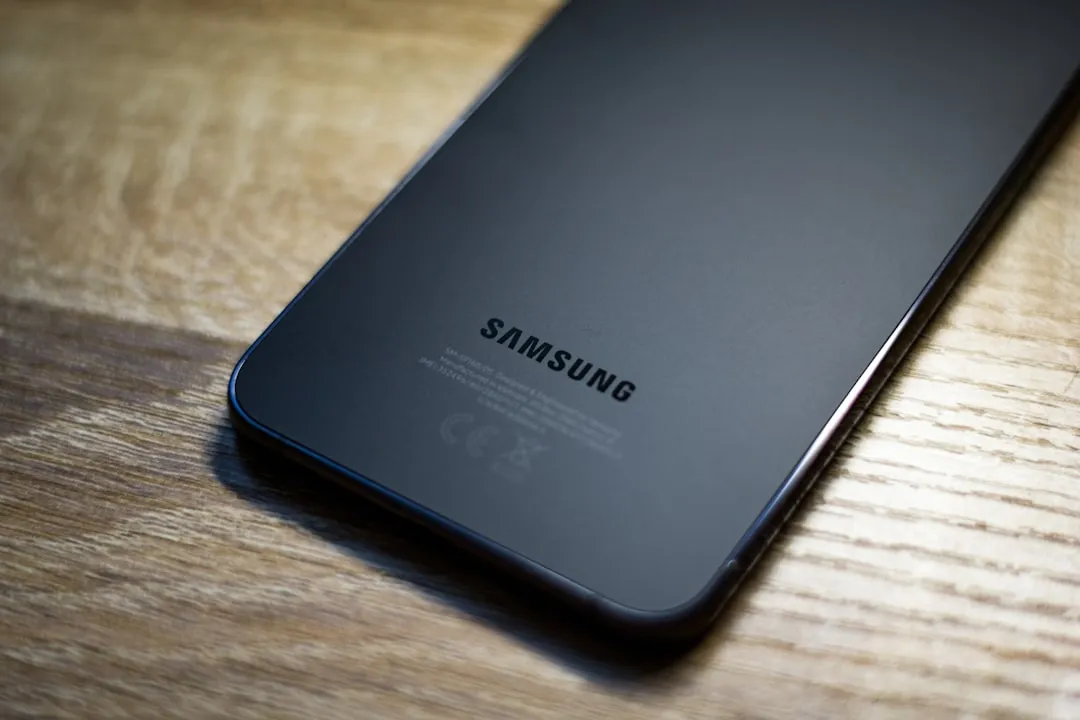

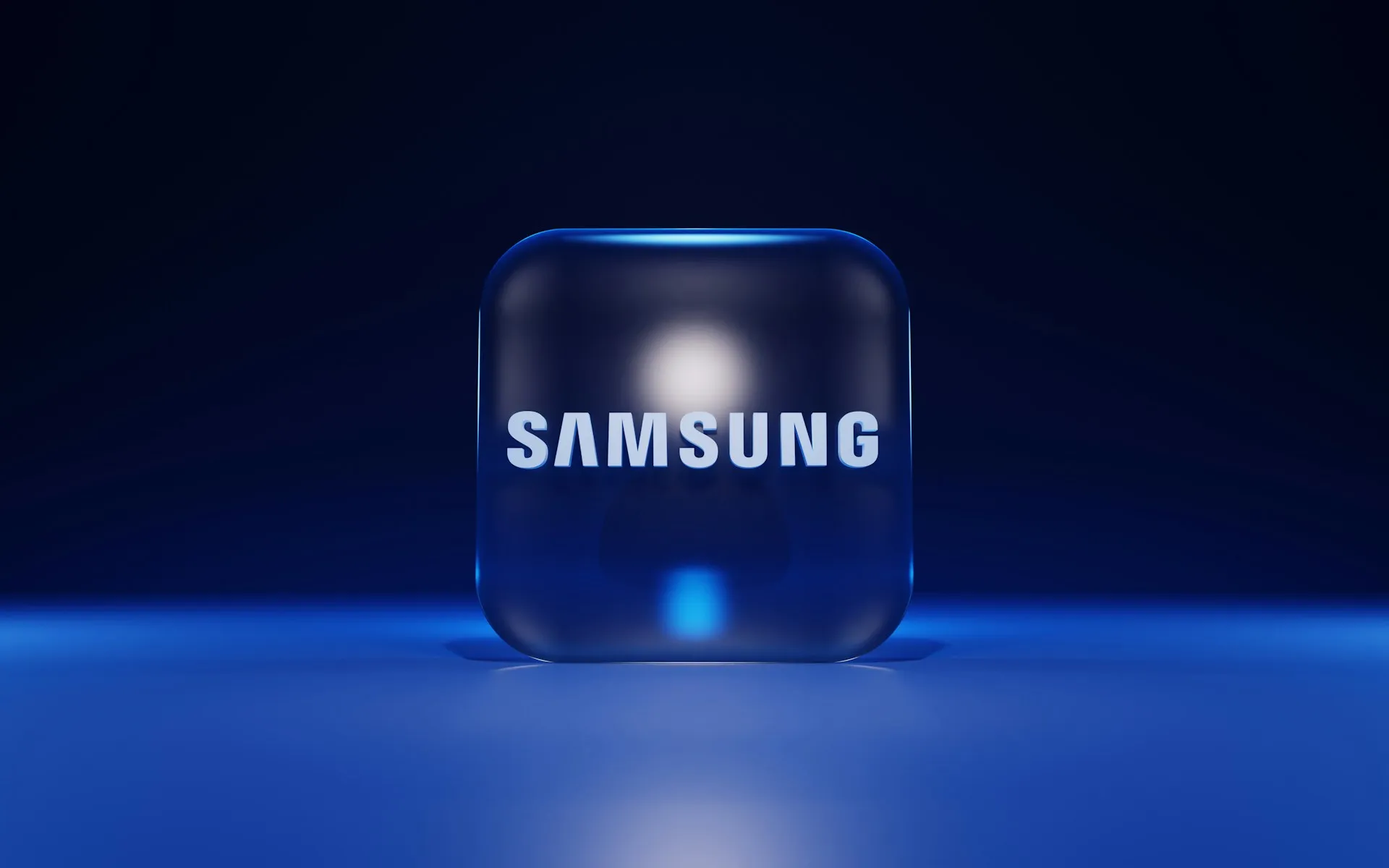


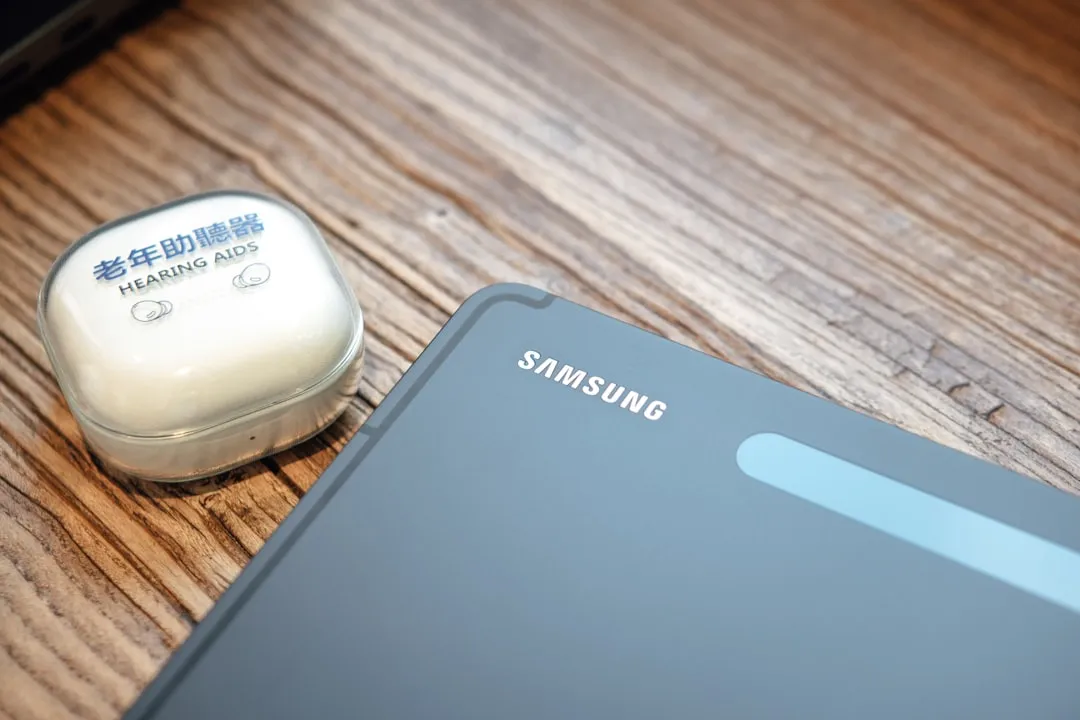
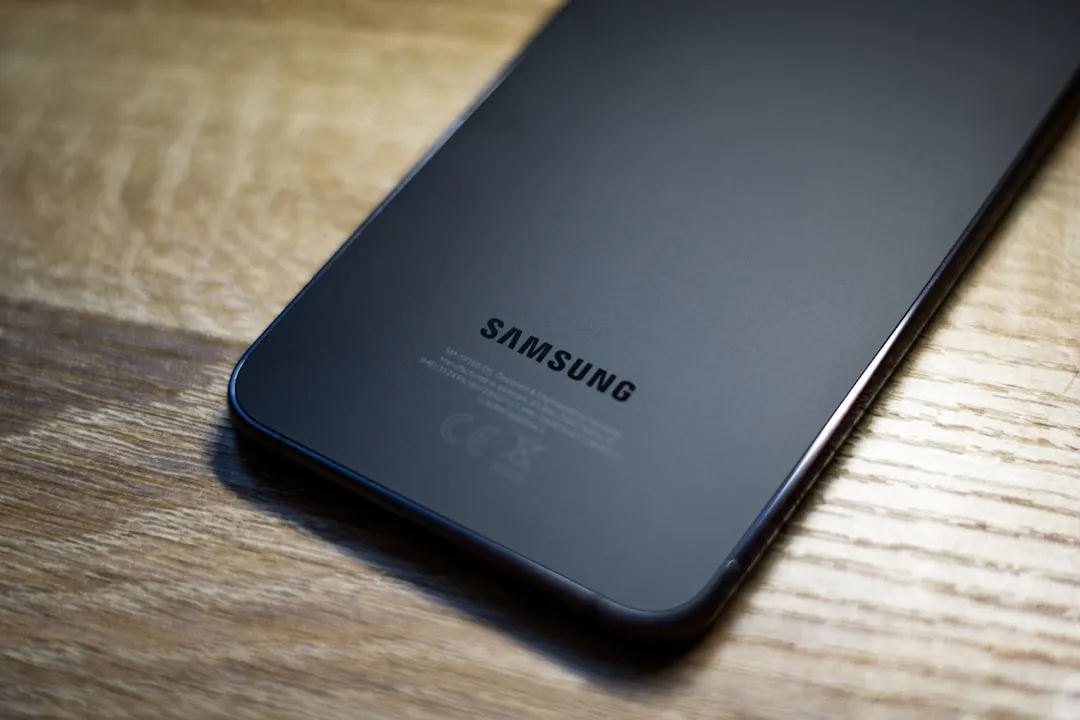

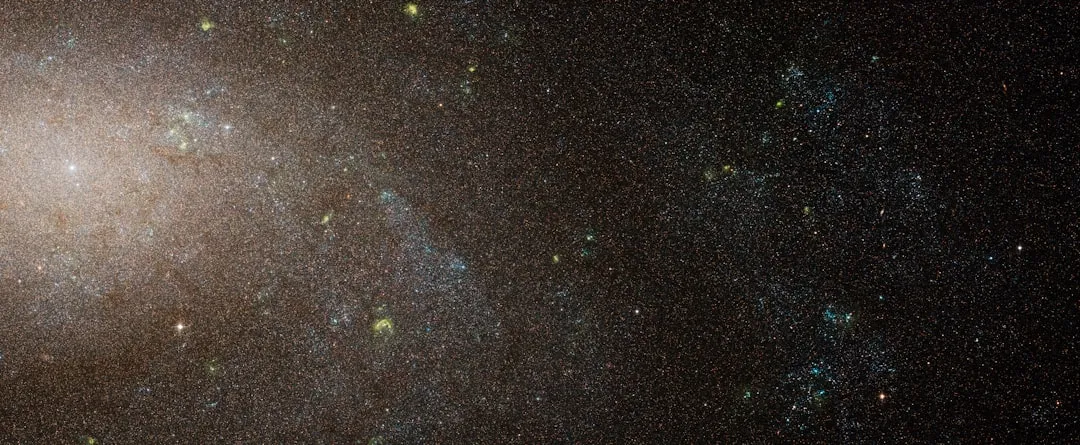

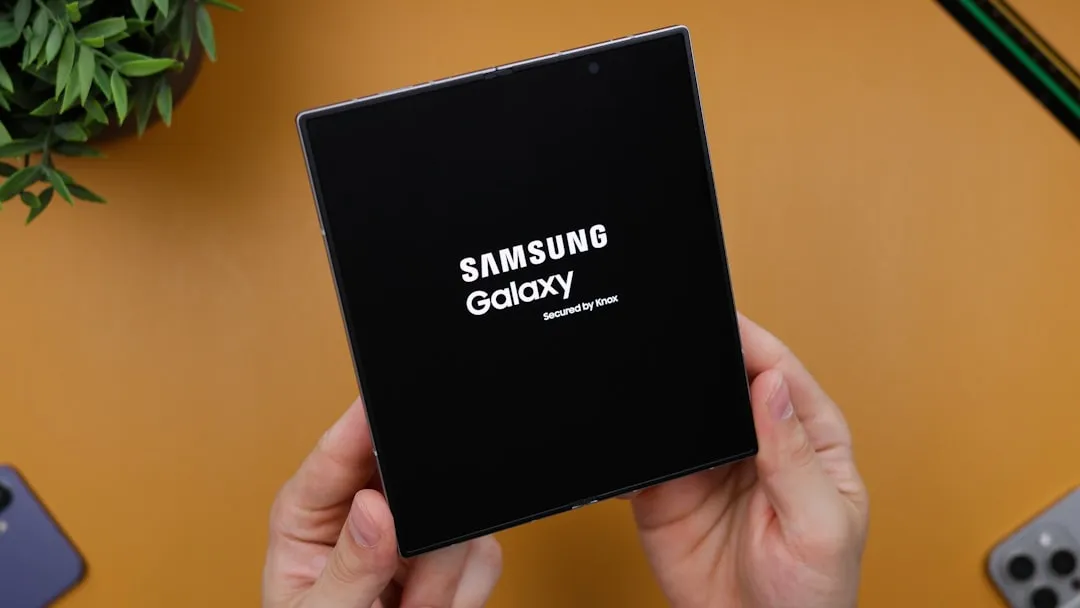
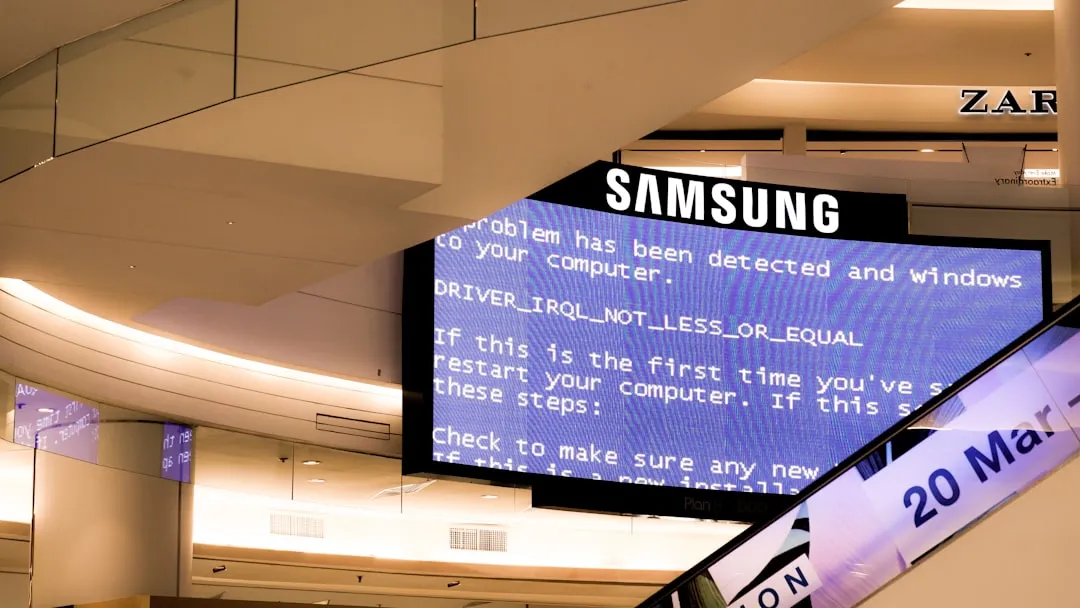
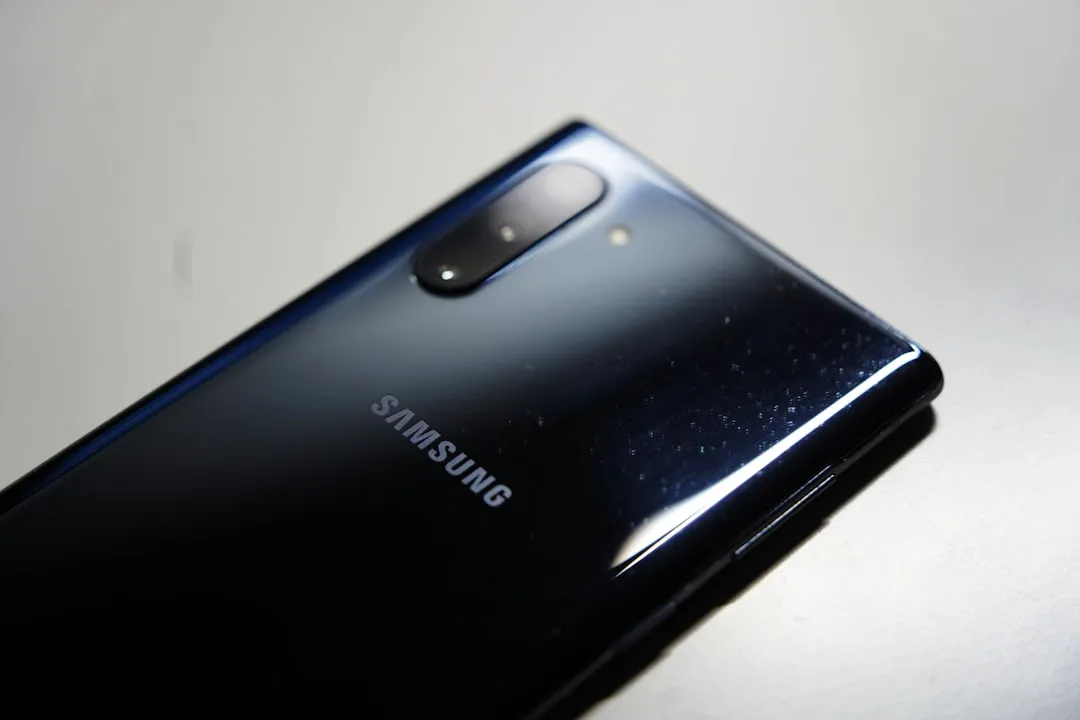
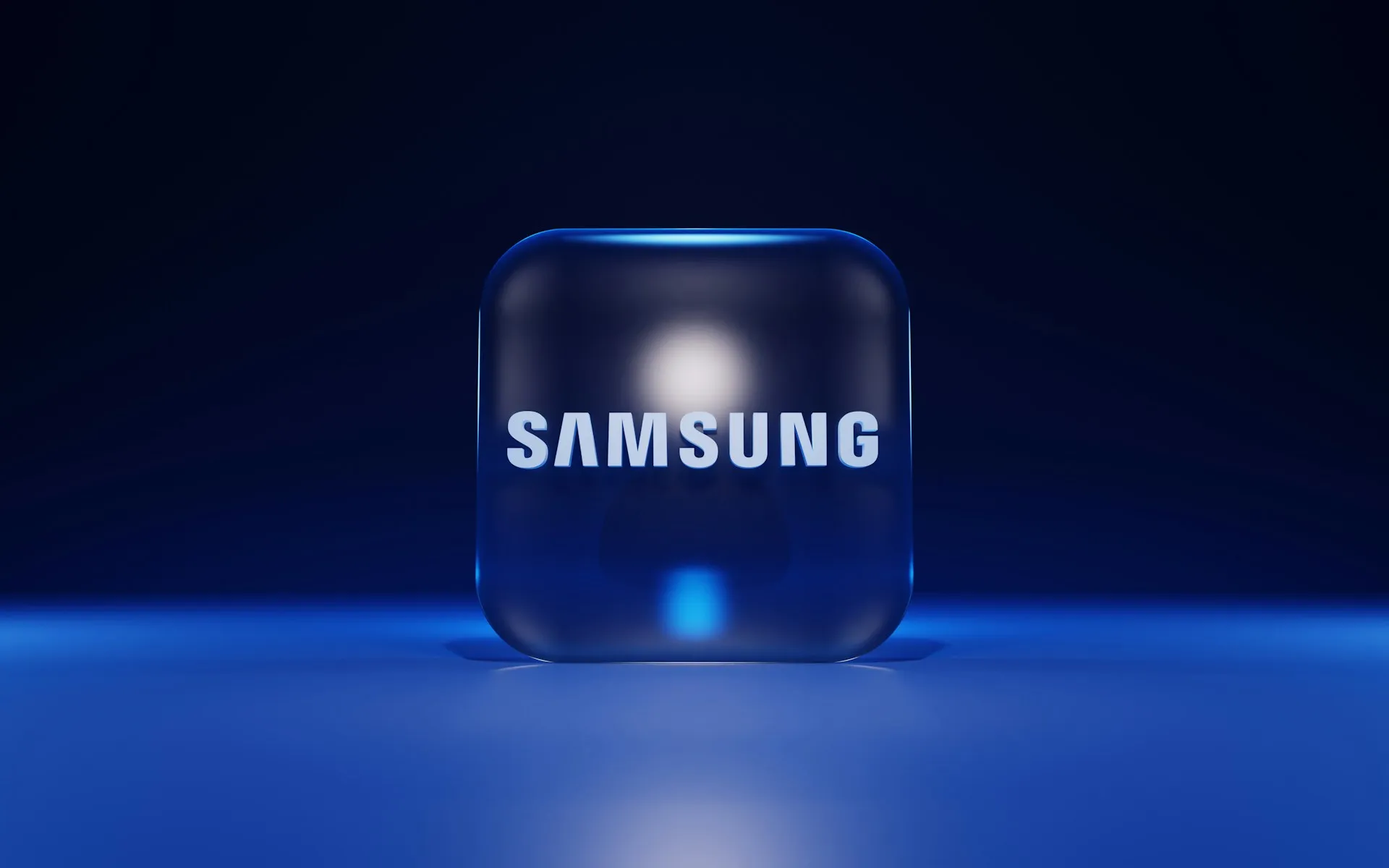
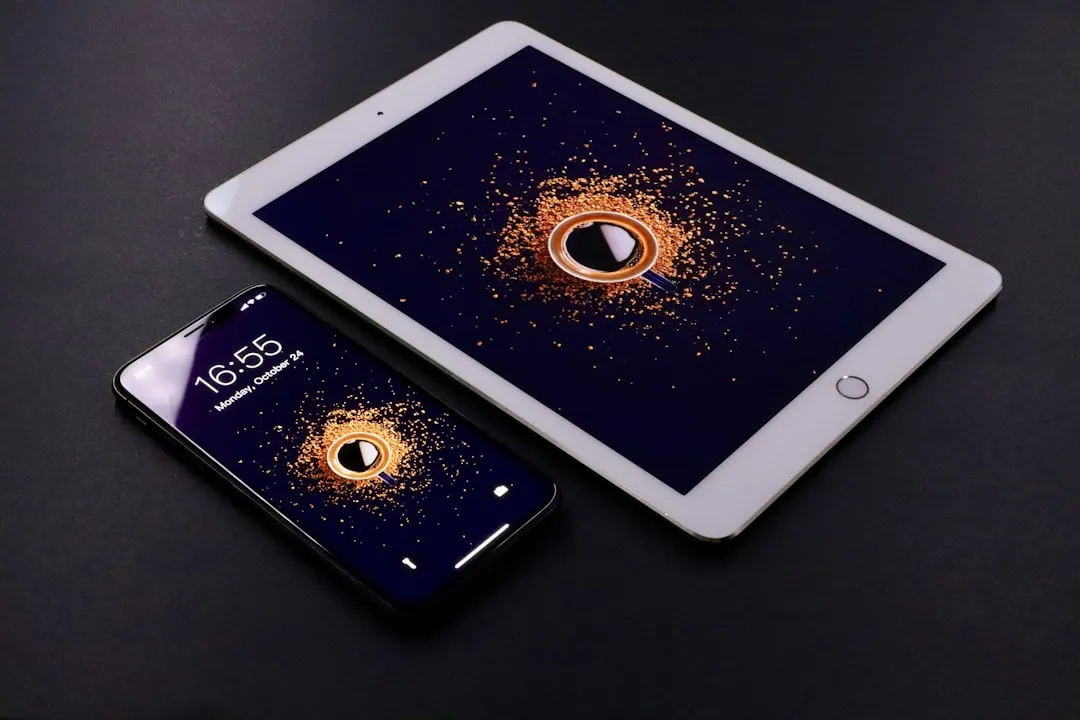
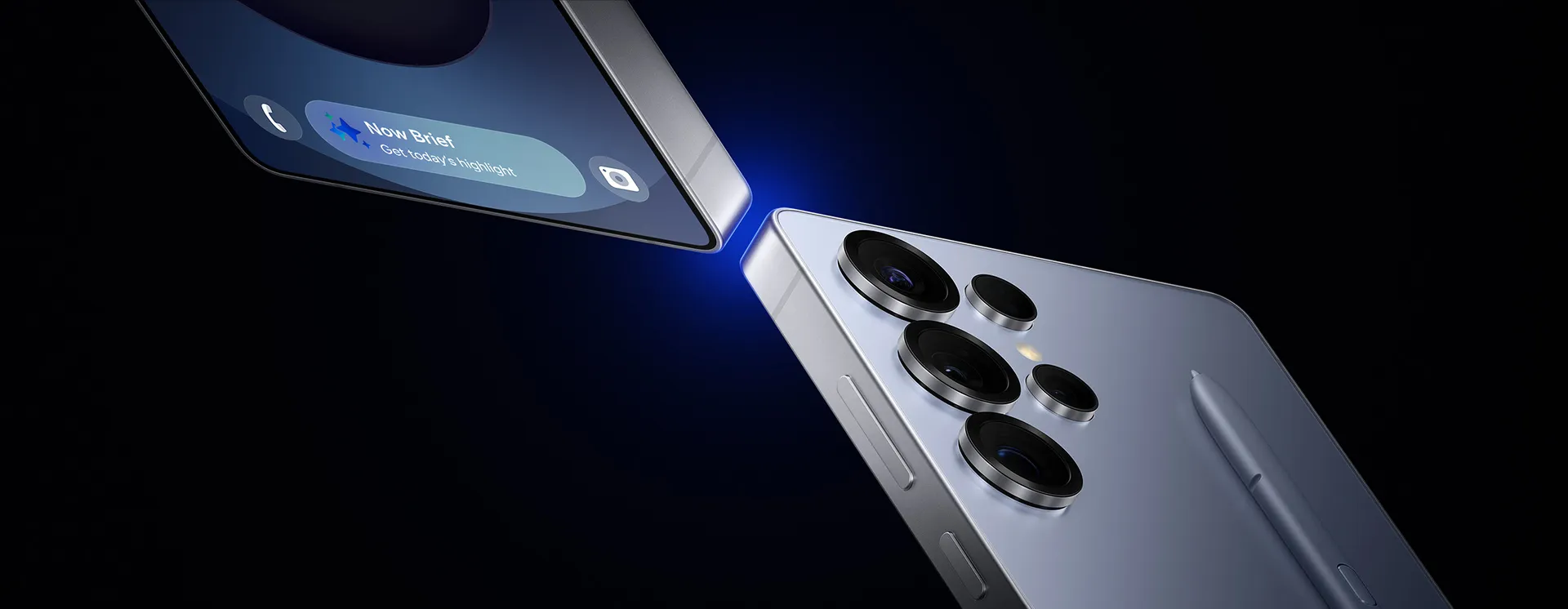

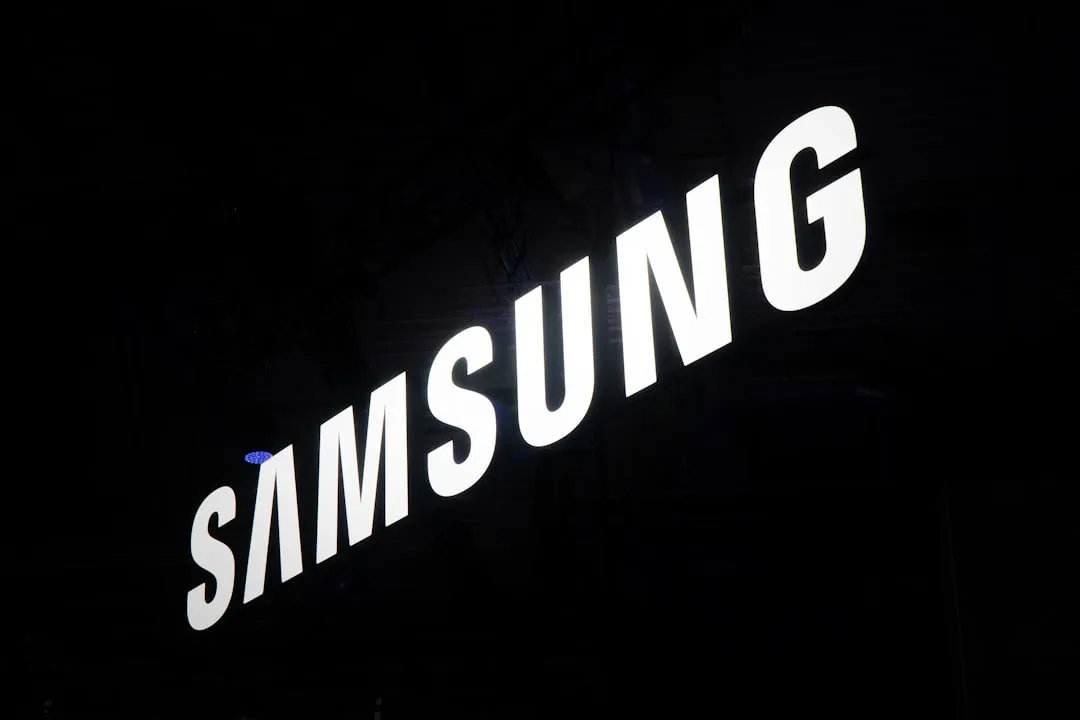

Comments
Be the first, drop a comment!